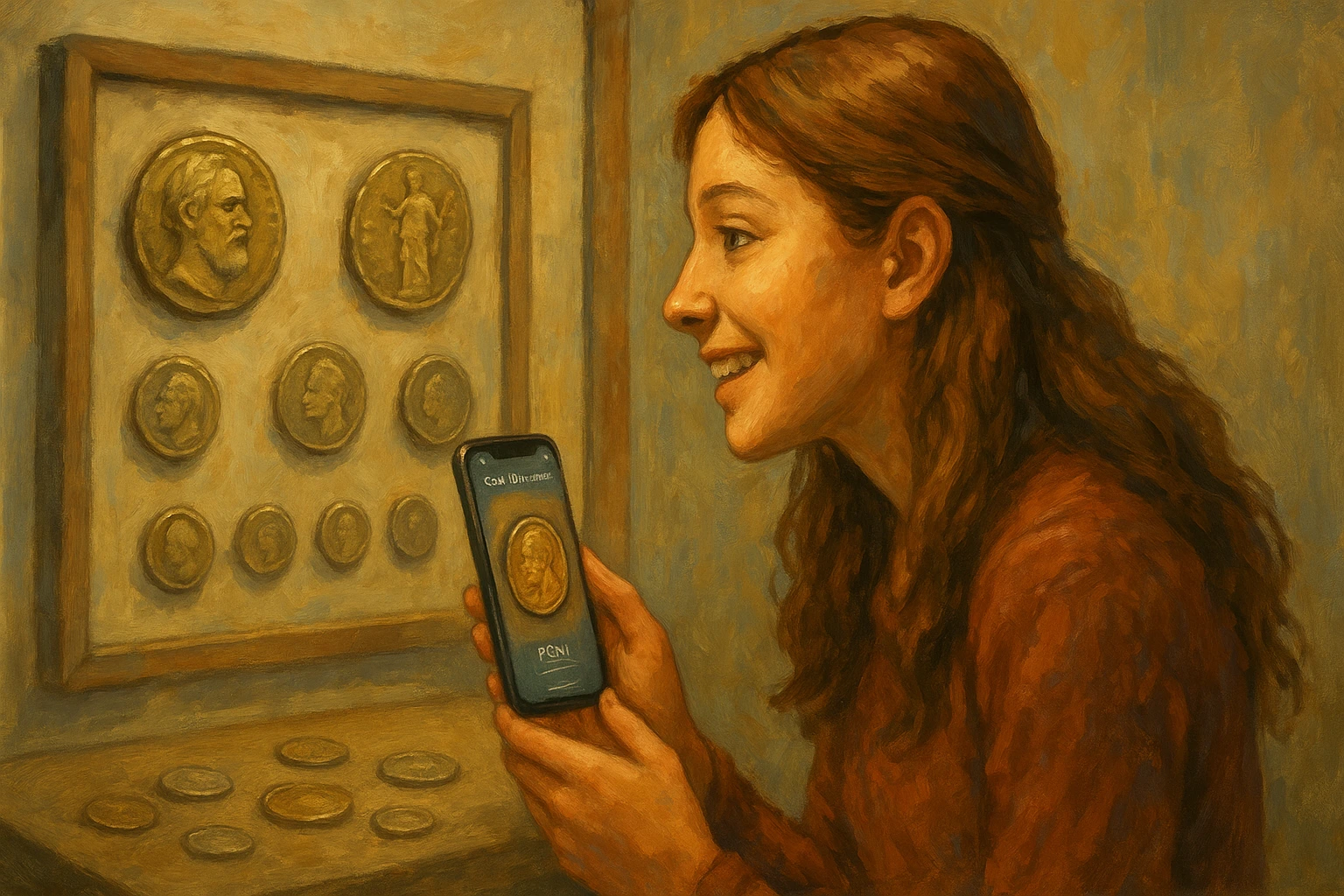Understanding Behavioral Patterns
Identifying patterns in children’s online behavior involves recognizing consistent actions, preferences, and habits that they exhibit across different platforms and interactions. This foundational step is crucial as it helps parents understand the broader context of their child’s digital life. By examining how a child navigates social media, gaming sites, or educational applications, parents can begin to discern routine activities from isolated incidents.
One key aspect of understanding behavioral patterns is recognizing the frequency of certain online activities. Children might frequently visit specific websites or engage with particular types of content. For instance, if a child regularly spends time on platforms that promote violent or inappropriate material, it may indicate deeper issues that need addressing. Frequency helps parents gauge the level of engagement and whether it aligns with healthy online habits.
Moreover, understanding behavioral patterns also involves observing the intensity of interactions. Intensity can be measured by how much time is spent on a particular activity, the emotional investment in certain games or apps, and the degree to which a child prioritizes their digital life over real-world engagements. Parents should pay attention not only to what children are doing online but also to how deeply they are immersed in these activities.

The Role of Data Analytics
Data analytics plays a pivotal role in identifying patterns by providing a quantitative analysis of digital footprints left behind by children’s online activities. This process involves collecting and analyzing large sets of data that include browsing history, app usage, and even interaction times with various platforms. By leveraging these tools, parents can gain deeper insights into the preferences, interests, and potential risks associated with their child’s internet use.
One important aspect of using data analytics is the ability to track changes over time. Analyzing trends in behavior allows parents to detect shifts that may signal emerging issues or areas for concern. For example, if a child suddenly increases their engagement with online games at the expense of social interactions and homework completion, this could indicate stress or emotional distress. Data analytics can highlight these subtle yet significant changes.
Furthermore, data analytics tools often provide comprehensive reports that summarize key findings in an accessible format. These reports can include charts, graphs, and detailed breakdowns of activity logs, making it easier for parents to understand complex patterns without needing advanced technical skills. By presenting the information clearly, these tools empower parents to make informed decisions about how best to guide their child’s online behavior.
Detecting Red Flags
Detecting red flags in children’s online behavior is critical for identifying potential risks early on. These warning signs can manifest through various indicators such as increased isolation from family and friends, a sudden change in mood or attitude, or secretive behavior regarding digital activities. Parents need to be vigilant in recognizing these subtle signals that might indicate deeper issues.
One common red flag is an abrupt shift in social media activity patterns. If a child suddenly becomes more withdrawn from usual social circles on platforms like Instagram or Facebook, it could point towards bullying or peer pressure issues. Additionally, if they start communicating with unfamiliar individuals frequently or engaging in risky online behaviors, this may indicate exposure to harmful influences.
Parents should also look out for signs of excessive screen time leading to physical and mental health concerns. This includes sleep disturbances, weight gain due to sedentary behavior, and symptoms of anxiety or depression. Monitoring the types of content consumed can further reveal potential risks, such as exposure to explicit material or contact with predatory individuals posing as peers.
Promoting Open Communication
Promoting open communication about online activities is essential for fostering a safe and healthy digital environment for children. This involves creating an atmosphere where kids feel comfortable discussing their experiences without fear of judgment or punishment. Encouraging dialogue allows parents to better understand the context behind specific behaviors and address any concerns proactively.
Building trust through consistent conversations is vital in establishing effective communication channels. Parents should make it a habit to discuss online activities regularly, ensuring that children know they can talk openly about any issues they encounter. This approach not only helps identify potential problems early but also reinforces positive digital habits by encouraging responsible use of technology.
Additionally, parents should lead by example when it comes to open communication. Demonstrating transparency in their own internet usage and sharing stories from personal experiences can help normalize discussions around online safety. It is important for children to see that adults are equally engaged with the challenges posed by modern technology, thereby creating a collaborative atmosphere where everyone works together towards mutual understanding.
Implementing Protective Measures
Implementing protective measures involves using parental control software and other tools designed specifically for monitoring children’s online activities. These solutions offer robust features such as content filtering, time management controls, and real-time activity tracking which help safeguard against harmful influences while maintaining privacy boundaries.
Choosing appropriate monitoring tools requires careful consideration based on individual needs and circumstances. Parents should evaluate different options available in the market considering factors like ease of use, level of customization, integration capabilities with multiple devices, and customer support services. It is essential to select a solution that aligns well with family values without being overly restrictive or invasive.
Moreover, protective measures extend beyond technical solutions; they include setting clear expectations around acceptable online behavior through consistent guidance and reinforcement. Educating children about internet safety principles helps them develop critical thinking skills necessary for making informed decisions independently when faced with potential risks online.

